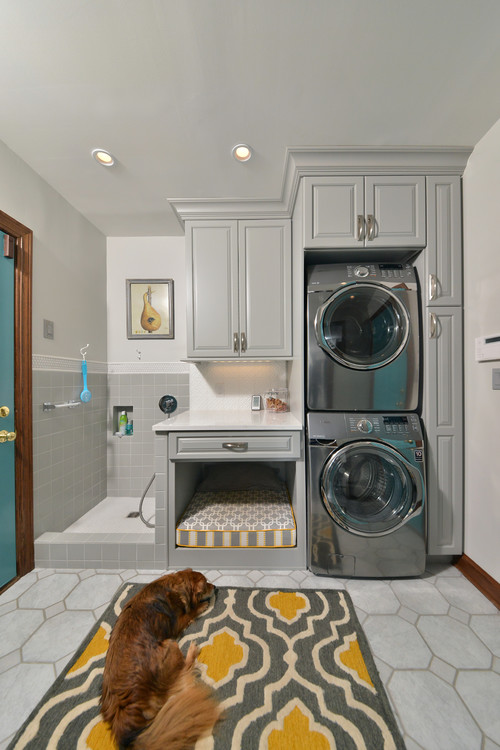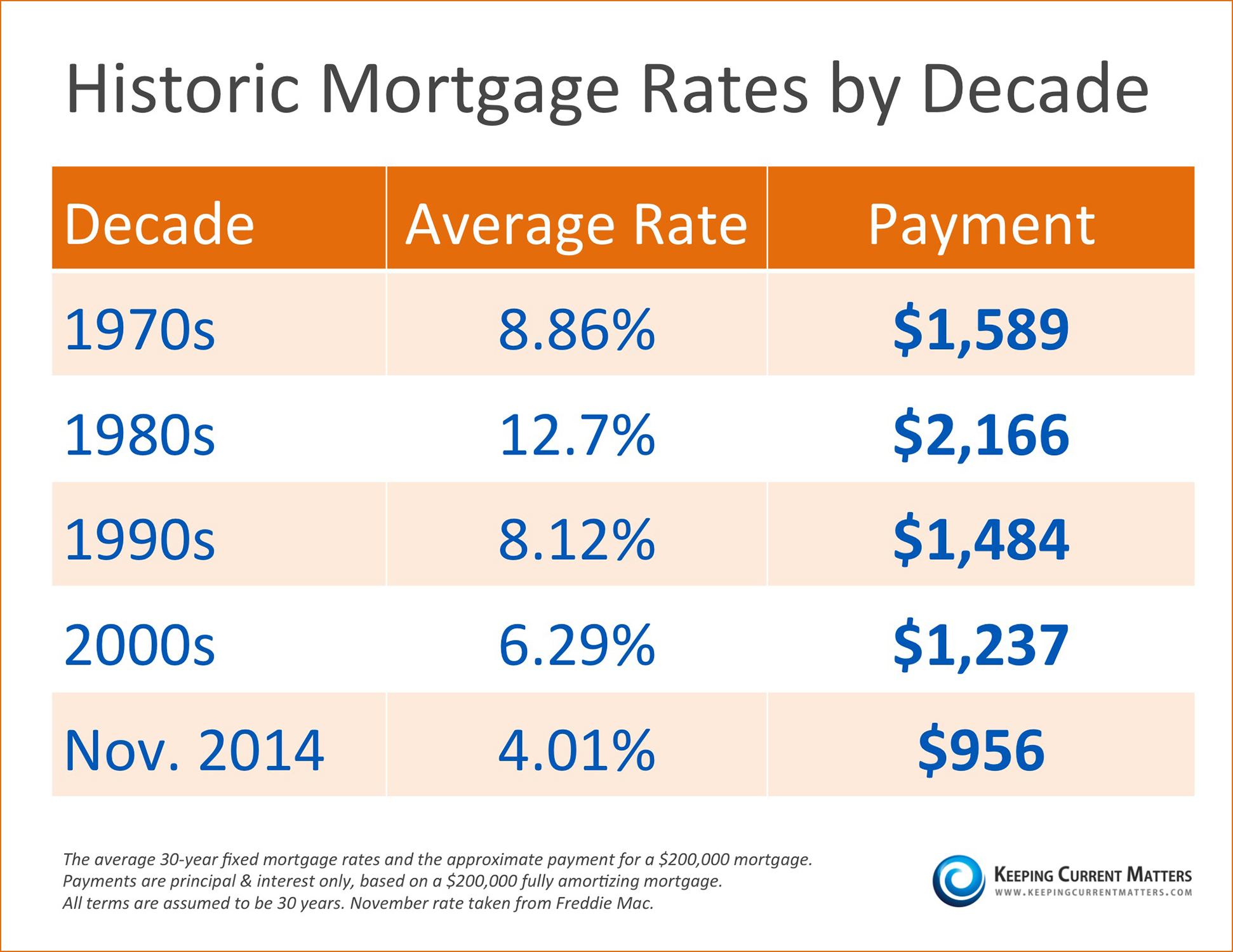Home Buying/Searching Tips
- Be Picky but be Realistic. There is no perfect home.
- Line up your Ducks before you start looking. Think about what type of home you’d like and where you’d like to live. Decide which features are most important to you that are must haves vs. those that would be a bonus.
- Get your finances in order and get preapproved with a “local” lender. Stay away from Television and Internet Advertisers.
- Don’t let your self be “house poor”. If you max yourself out to buy the biggest home you can afford, it’ll be tougher to find the money for maintenance and décor or to save for other financial goals.
- Be careful about opinions and advice from family and friends. Everyone has a story be it good or not so good and the details of their transaction are unique to him or while they may have your best in mind, they are not professionals in the real estate business.
- Think about your timetable for moving. Do you have a lease? Are you allowed to sublet? Can you afford an overlap for rent and a new mortgage?
- Think long-term. Are you looking for a starter home with the idea of moving up in a few years or planning to stay in the home longer? This decision may dictate what type of home you’ll buy as well as type of mortgage terms that suit you best.
- Not everything you see on the Internet is true. Have fun on the home search portals but use your Realtor’s® information for accuracy.
- Don’t be naïve or complacent. Ask questions. Get clarification when you don’t understand something. Work with your Realtor® in doing all the due diligence on the things that matter to you. Make sure your Realtor® knows your deal breakers. Read the disclosures and information that is given to you.
- Use a Realtor® as a Buyer’s agent. They will work for you and represent your best interests. The Seller will have a fiduciary so why shouldn’t you especially if it’s free.
- Open Houses. If you happen upon one without your Realtor®. Announce that you have a Buyer’s agent and sign his/her name on the sign in sheet. The listing agent will appreciate it and it will save you from getting the call from the listing agent on Monday. Use your poker face.
- If you’re going to use a professional that someone recommends, make sure they’re worth their salt. Look for Experience, Make sure Full Time, Area Knowledge, Designations. Using Aunt Sally or Uncle Joe from across the state may not be in your best interests.
INDOOR AIR QUALITY
It might surprise you to hear that the air inside your home is often dirtier than the air outside. That’s because indoor air is made up of outdoor air plus all the pollutants and allergens generated from cleaning products, pets, dust, smoke, and so on. Fortunately, you can improve indoor air quality in ways that do not cost a small fortune.
Get the Dust Out
Dust – a major irritant – includes lint, bacteria, pollen, plant and mold spores, pet dander, etc. You can reduce dust particles in the air in a number of ways. Here are three:
1. Clean or replace the furnace filter every three months. Pillar To Post inspectors find that most homeowners do not keep up with this task. Thick-media filters, such as the five- and six-inch pleated type, last longer than regular filters and filter better too. Of course they are more expensive.
2. We all create an invisible dust cloud just walking through our homes. While a high-quality furnace filter will reduce dust, frequent cleaning and vacuuming is also necessary, but only if your vacuum cleaner is up to the task.
3. A poor-quality vacuum cleaner can also create dust clouds. Before you give up on vacuuming, however, two solutions can address this problem: either install a central vacuum system with the canister-air discharge piped outside the house, or purchase a high-quality, portable vacuum cleaner with a HEPA filtration system. HEPA stands for High Efficiency Particulate Air filter. Whichever solution you choose, both will effectively decrease the amount of dust that spews into the air when you vacuum.
Take Control of Humidity
High humidity levels in your home can significantly contribute to mold and dust mite growth. Dust mites, however, are a fact of life; you cannot eliminate them entirely. But you can decrease their numbers. Dust mites thrive in humidity levels above 50%. Ensuring the humidity in your home is not higher than 50% will diminish dust mite growth. Here are a few ways to address humidity:
1. Buy an inexpensive hygrometer to measure the indoor humidity level.
2. Ensure that your clothes dryer vents to the outside.
3. Bathroom and kitchen fans should direct shower, bath and cooking moisture outside.
4. Fix basement leaks and deal with condensation issues.
5. Air conditioning systems and dehumidifiers can also remove moisture from the air. Keep in mind that dehumidifiers use a great deal of electricity and don’t provide any cooling. Make sure you deal with obvious sources of moisture first.
Reduce Chemicals in the Air
The chemicals we use in the home contribute significantly to poor indoor air quality. Here are 4 tips to take control of the chemicals in the air:
1. Get rid of products you no longer need, such as old paint cans and other open and half used toxic chemicals and poisons.
2. Opened bottles and jars of cleaning products should be contained in an airtight bin.
3. Consider using less toxic and more environmentally friendly cleaning products.
4. Dry-cleaned clothing spews chemicals into the air. If possible, remove the plastic and hang the stack of dry-cleaning outside for a few hours before bringing it into the house.
Improving air quality in the home is a goal that is easily attainable. Start with the little fixes and then undertake the more complex remedies as needed. You don’t have to spend a lot of money to improve the air you breathe.
*Article courtesy of Pillar to Post Home Inspectors
What do all those letters mean? This article that I wrote for our Bay State
Realtor Magazine gives a little insight on one of the National Association of Realtors designations….
Streamlined Purchase and Repair Program
(Limits: <=$35000)
Simple Purpose:
To facilitate the uncomplicated rehabilitation and/or improvements to a home for which plans, consultants, engineers and/or architects are NOT required.
The following is a list of the discretionary improvements and or repairs included in the program.
* Repair/Replacement of roofs, gutters and downspouts
* Repair/Replacement/upgrade of existing HVAC systems
* Repair/Replacement/upgrade of plumbing and electrical systems
* Repair/Replacement of flooring
* Minor remodeling, such as kitchens, which does not involve structural repairs
* Painting, both exterior and interior
* Weatherization, including storm windows and doors, insulation, weather stripping, etc.
* Purchase and installation of appliances, including free-standing ranges, refrigerators, washers/dryers, dishwashers and microwave ovens
* Accessibility improvements for persons with disabilities
* Lead-based paint stabilization or abatement of lead-based paint hazards
* Repair/replace/add exterior decks, patios, porches
* Basement finishing and remodeling, which does not involve structural repairs
* Basement waterproofing
* Window and door replacements and exterior wall re-siding
* Septic system and/or well repair or replacement
Simple process:
1. With P&S submit contract work plan/estimate
a. Home-owner/Contractor sign agreement (includes a one year warranty from contractor) [FHA Form 2420]
2. Home is appraised
3. Loan approved
4. Purchase closes
5. 35% disbursement if needed for materials about 10-20 days after closing
6. Work starts inside 30 days of close – must be completed within 6 months
7. Repair project completed
8. Final inspection done if needed
9. Rest of disbursement
Information provided by:
Tony Cardinali of Mortgage Master Inc.
-
You are currently browsing the The Real Estate Lady blog archives.
Blogroll
Meta





